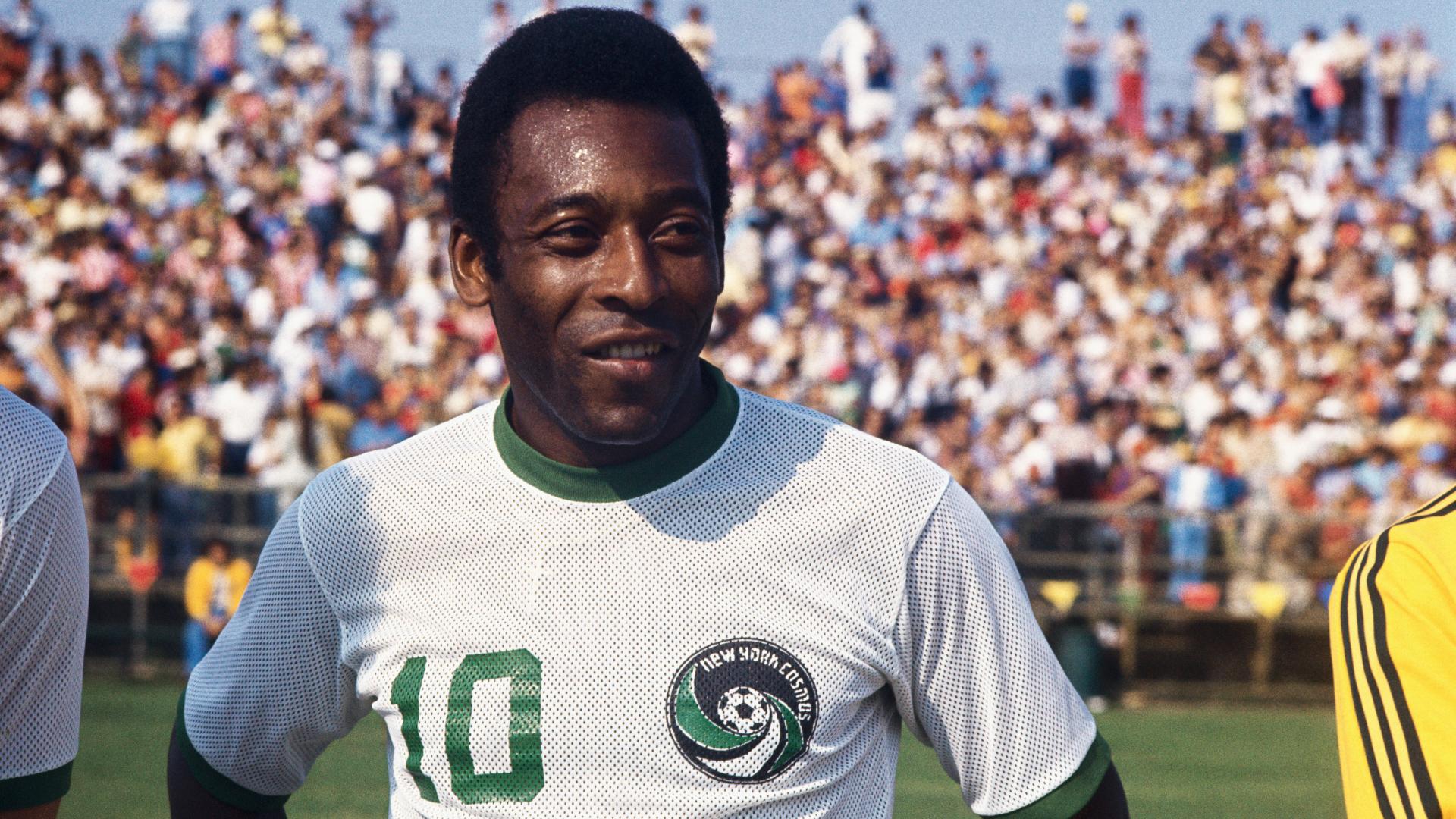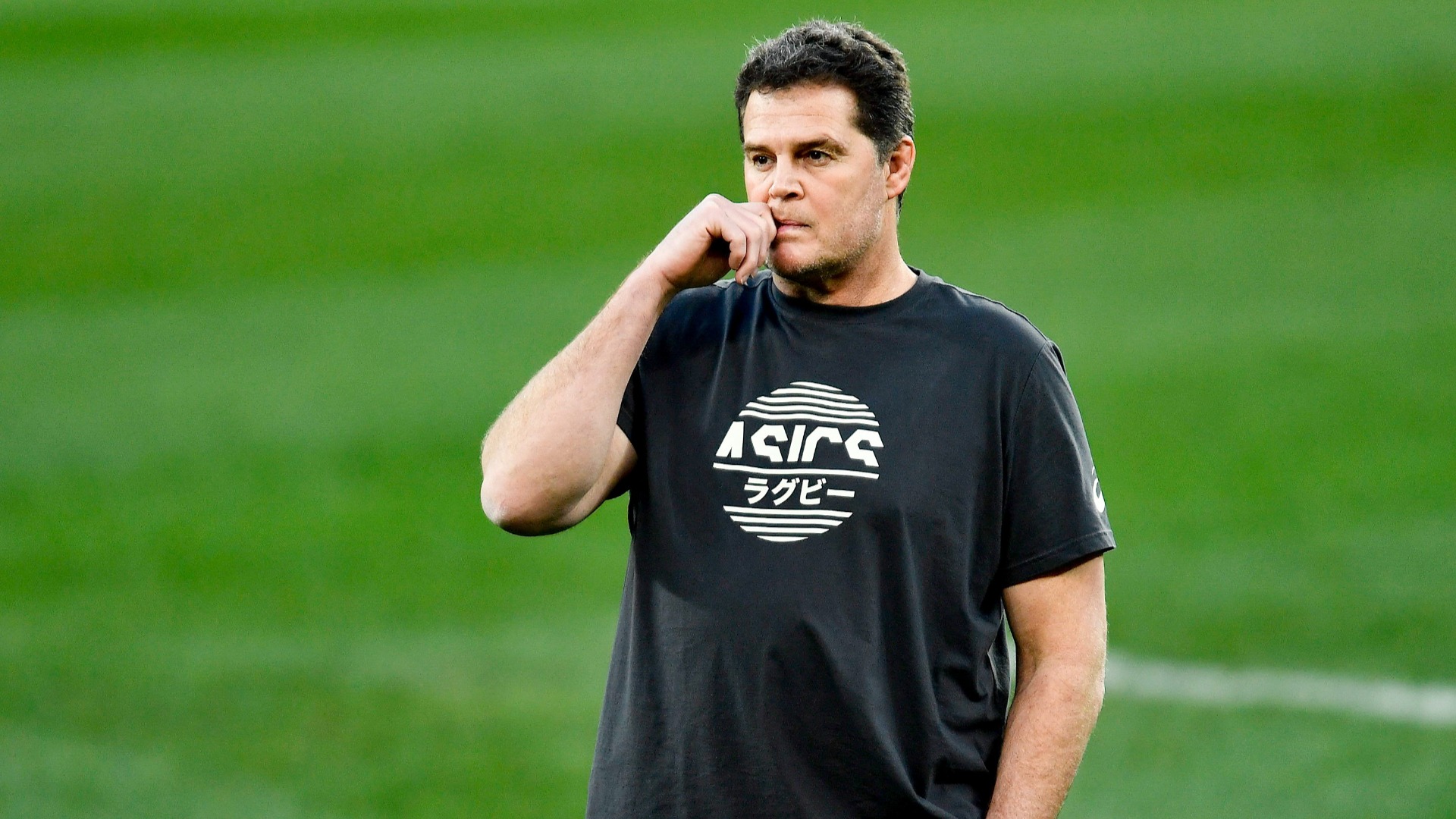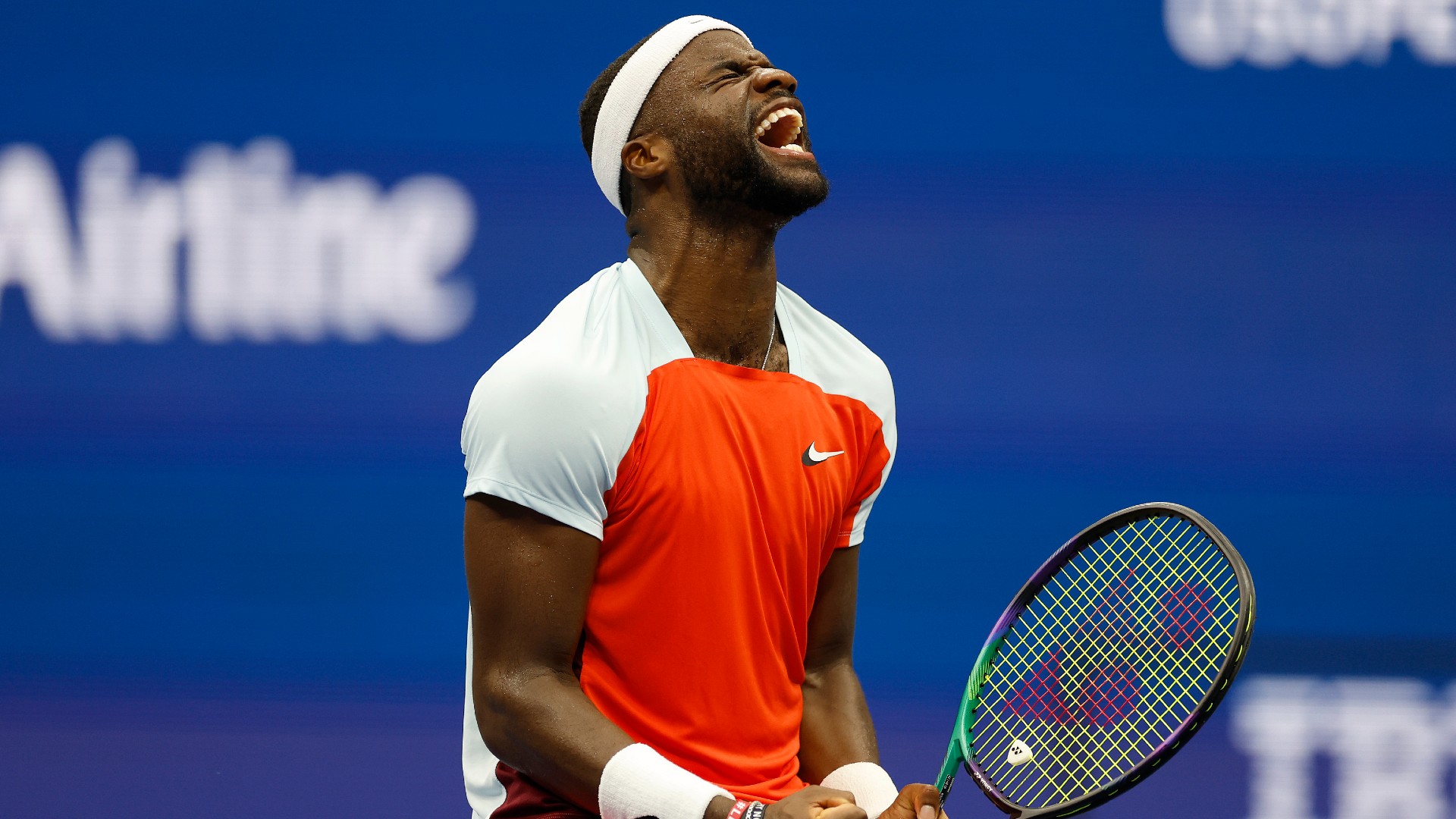
Pele helped to “grab the hearts and minds” of football in the United States during his time with the New York Cosmos, the club’s former COO told Stats Perform.
Brazil legend Pele passed away on Thursday following a battle with colon cancer, with news announced by his daughter after his family travelled to be with him at Sao Paulo’s Albert Einstein Israelite Hospital before Christmas Day.
As well as the lasting legacy he left on Brazil and Santos, Pele’s move to the Cosmos in 1975 also helped to massively grow the sport in the United States.
After Pele, the only man to win the World Cup three times, joined the Cosmos, fellow superstars such as Franz Beckenbauer and Carlos Alberto followed him to the team, while others such as Johan Cruyff, Eusebio and George Best also joined clubs in the North American Soccer League (NASL).
The Cosmos faded into obscurity and ultimately folded after Pele retired in 1977, but the game continued to develop in the United States and the World Cup in 1994 was hosted in the country.
Erik Stover, COO of a reformed Cosmos between 2012 and 2021, lauded Pele’s influence on building the sport, telling Stats Perform: “I don’t think you can really quantify it. It’s so hugely impactful over generations.
“Before Pele came to the Cosmos, soccer in this country was a very small immigrant sport. Obviously, there’s a long history of it in the United States, but it didn’t grab the hearts and minds until Pele was part of the Cosmos.
“He was just still the greatest player in the world [when he signed for Cosmos], probably. It brought immediate credibility to the NASL. It legitimised that league.
“He became the most valuable athlete in the United States overnight. [Those] playing at Bayern Munich or Manchester United or wherever in the world, they were paying attention to it.
“That led to players like George Best and Beckenbauer [joining the NASL], some of the greatest players in the world still in their prime coming to the NASL.
“Suddenly, there’s youth soccer clubs popping up and leagues that had never existed before, all on that massive wave of what the Cosmos and Pele was able to do.”
Pele was just 17-years-old when he won his first World Cup in 1958, and is still the youngest player to ever win the competition.
Stover acknowledged Pele’s enormous global impact from such a young age, adding: “You’d be hard-pressed to find someone that was at a better ambassador globally for his sport.
“He really, really accepted that role and carried it with relish.
“Wherever he went, he drew a crowd and took the time to say hello, pose for pictures, sign autographs from a very, very young age. He realised his specialty was in what responsibilities came with that.
“I was privileged enough to spend some time with him around the world. We went to Havana, Cuba. As an American going to Cuba, I grew up in a time where you couldn’t do that.
“So not only to have that opportunity, largely because Pele was still part of the Cosmos, but then to see the love the Cubans had for him, he was absolutely beloved.
“He treated people with respect because he knows that they are going to remember that for the rest of their lives, and he didn’t want that moment to be spoiled.”








